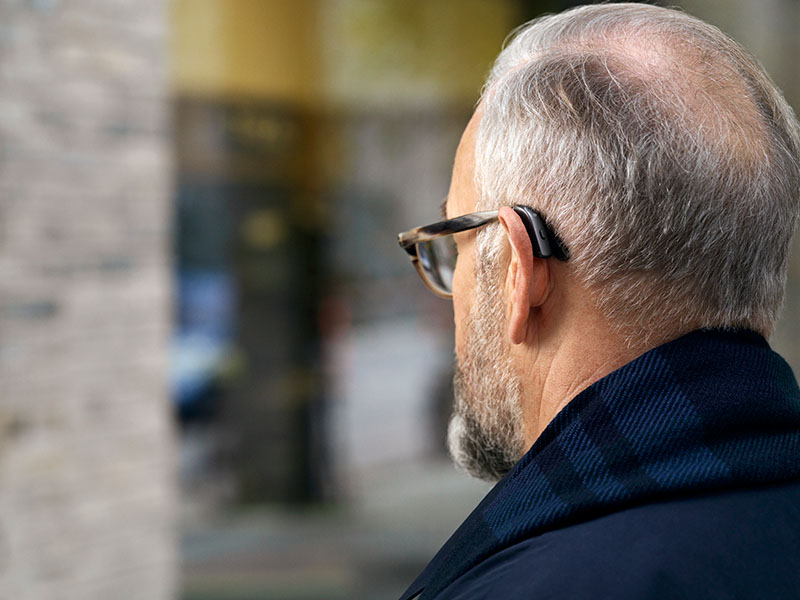As technology has advanced, hearing aids have followed
There have been some incredible advancements in technology in the past 50 years or so. Just think about it – 50 years ago, the idea of a smartphone or laptop computer would be futuristic and, probably, a little unrealistic. But, here we are, with little rectangles in our pockets and powerful computer devices at our fingertips.
In the same way that consumer technology has developed and advanced, medical technology has followed suit, leading to improved medical devices, treatments, and testing.
Hearing aids are one of the more impressive technological advancements of the 20th and 21st centuries, and we, as hearing care providers, think they are one of the more important advancements in medical technology.
A brief history of hearing aids
Hearing aids – or devices to aid in improved hearing – have been around since as early as the 1600s, although they looked a bit different back then than they do now. The very first form of hearing aid was the 17th-century ear trumpets, which mimicked the shape of our ear canal to essentially make our ears larger and make it easier to accept sound inputs.
While the ear trumpet had a good run – 200 years, in fact – more advanced technology was sure to overtake the ear trumpet as science and research boomed in the 1800s. Enter: electronic hearing aids. Electronic hearing aids were really revolutionary at the time because it was the first device that could actually amplify external sounds within the ear canal, increasing the hearing level of the wearer.
Transistor hearing aids came next, and the biggest improvement with this technology was accomplishing the same, sound-amplifying effects without the bulk of electronic aids.
While there were plenty of challenges with transistor hearing aids, they paved the way for the digital hearing aids we know (and love) today, and the past 100 years have only improved this technology with advancements in microprocessor technology and computers.
Today’s hearing aids
Today’s hearing aids are incredibly advanced – especially when compared to 17th-century ear trumpets! – and there are a lot of key components that work together to deliver the improved hearing that wearers experience the first time they put in a hearing aid.
The most notable parts are the microphone, the amplifier, and the speaker, which work in tandem to take external sounds and turn them into sounds that your eardrums can process through your auditory nerves. The microphone, as you might imagine, captures the external signals, the amplifier converts the sound into electrical signals, and the speaker delivers those signals to your ear.
There’s a whole lot that happens between each of these stages, but what’s important to remember is that this small device can essentially replace the core bodily processes that may have depleted over time, leading to hearing loss.
Hearing aids and batteries
With the amount of pure power living within tiny hearing aid devices, the development of hearing aid batteries has become just as important as advancing the devices themselves.
Today, hearing aid batteries take two forms – rechargeable batteries and disposable batteries – each with its own set of benefits and challenges. While rechargeable batteries will likely make a run at conquering the market in the next few years, disposable batteries right now are reliable and convenient, making them the obvious choice for most hearing aid wearers.
Hearing aid batteries come in a few different forms to power different types of devices, and they are even color-coded to make it easier to remember which battery your device requires and distinguish between the others.
Batteries, in essence, are powered by the reaction of zinc and oxygen, and you are creating this reaction when you open a fresh battery and expose it to the air. Due to their size and composition, some batteries are designed to last longer than others, but for the most part, batteries can last for several days and are easy to replace on the go, making them a wonderful companion to the amazing technology sitting in your ear when you wear hearing aids.
–
Hearing aid technology has advanced significantly in the past several decades, and we’re sure more advancement is on the way, but we think the technology we have now is pretty effective, and we’ve seen it help hundreds – if not thousands – of people experiencing hearing loss over the years.
Did you know that you can restock hearing aid batteries and other accessories right on the Beltone Tristate website? Order your next set of battery refills today!
